Building a Book: HathiTrust, Ancestry.com, Serendipity, and Lifetime Interests
I would like to recount some of my experiences writing Republic of Numbers: Unexpected Stories of Mathematical Americans, published by Johns Hopkins University Press in 2019. The story behind the construction of this book illustrates some of the changes in historical research methods that have occurred since I first entered the history of mathematics community in the early 1990s, an era when email was established but the internet had not yet taken off. The nature of this particular book was such that I was able to utilize a wide range of knowledge. Some of this knowledge dates from my youth, long before I became a professional historian, and some I acquired much more recently, through the good advice of academic colleagues. It is my hope that a glimpse into my meandering research process will prove entertaining to other historians and teachers of mathematics. At the end I will offer some comments on using my experiences in a history of mathematics classroom.
In January 2014 Johns Hopkins University Press editor Vince Burke pitched me a book idea: a series of historical vignettes about American mathematics. Each vignette would begin with a mathematical event in a particular decade but would then use that event to spin out significant parts of the wider history of the decade: social, political, economic, military. Vince was looking for an accessible book, not a dense scholarly tome. The proposal attracted me.
Ultimately, I wrote twenty vignettes. In what follows I will describe the genesis of several that seem to me of particular interest.
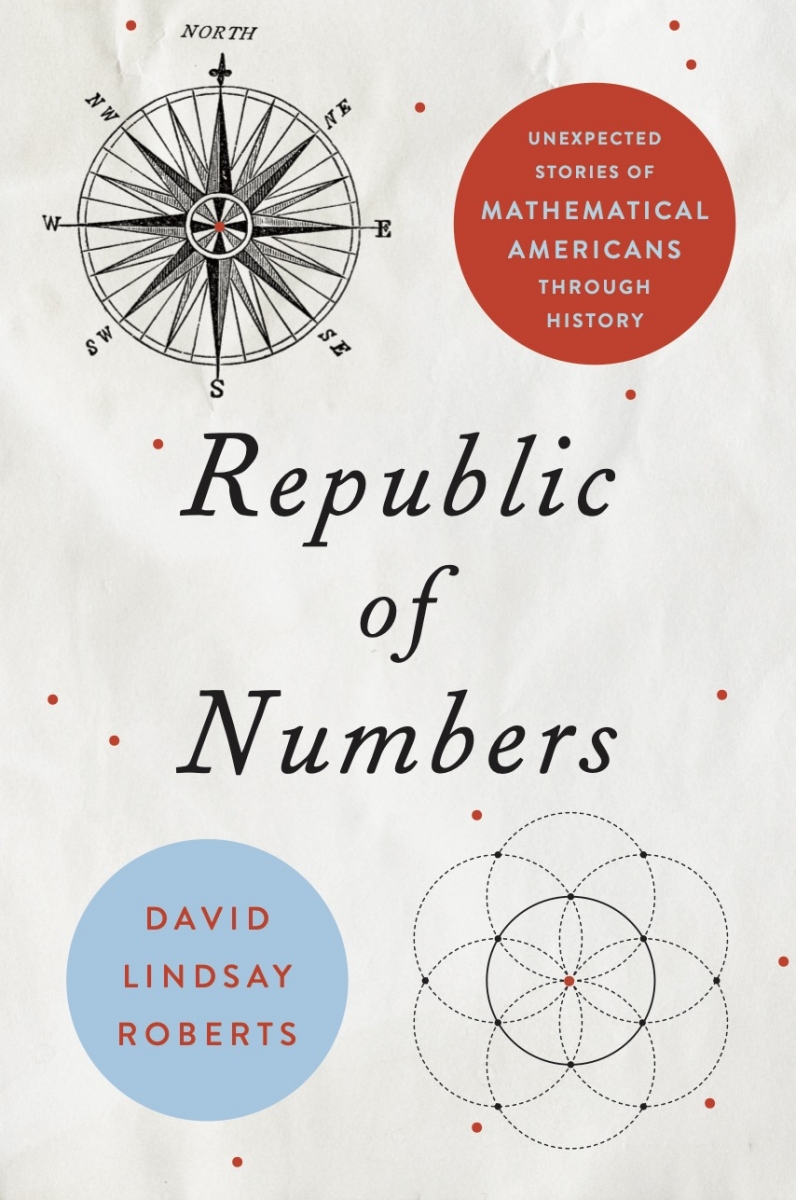
Figure 1. Republic of Numbers (Johns Hopkins University Press, 2019).
Building a Book: HathiTrust, Ancestry.com, Serendipity, and Lifetime Interests – Daniel Harvey Hill (1821–1889)
The first idea that popped into my head for a vignette concerned Daniel Harvey Hill (1821–1889) and his algebra textbook of 1857. I first became aware of this book in the 1990s, while I was working on a doctorate in the history of science at Johns Hopkins University. During one summer of this period, I had a fellowship at the Smithsonian’s National Museum of American History, supervised by Peggy Aldrich Kidwell. Peggy introduced me to a number of historians of mathematics, one being the late Uta Merzbach. When Uta learned that my dissertation was leading me to delve into 19th-century American mathematics textbooks she alerted me to the fact that a prime resource for such books was the Artemas Martin Collection at nearby American University (AU). Florrie Fasanelli, another math historian, who had received her doctorate at AU, on hearing that I was planning to visit the Martin Collection, suggested I check out the “slavery problems” in Elements of Algebra, by D. H. Hill [Hill 1857].
I do not believe that I had to make a special appointment to look at books in the Artemas Martin Collection, but as with most “special collection” holdings in research libraries, I could not simply browse the stacks for these books, nor could I, or anyone, check them out to take home. To look at Hill’s book, and the other books I was seeking that day, I had to first find their call numbers, which at the AU Library in 1996 meant searching the card catalog, either by title or author. I filled out and submitted a handwritten request form, proceeded to a special reading room, and then waited until the archivist wheeled out my requested volumes on a cart. I was not required, as I recall, to wear special gloves, but I was certainly admonished to take particular care of the fragile 19th-century books with which I was presented. Within Hill’s book, my perusal did indeed reveal several problems referring to the infamous social institution still widely prevalent at the time of the book’s publication. The casual way in which Hill offered these problems convinced me, more than any other evidence before or since, of the thoroughness with which slavery was entwined in the life of the nation and of the consequent difficulty of uprooting it. For example, Figure 2 shows a problem designed to test a student’s skill in setting up and solving quadratic equations.

Figure 2. Excerpt from D. H. Hill, Elements of Algebra [Hill 1857, 321].
I am positive that I requested permission to make photocopies from several of the books I examined that day, including Hill’s. However, I no longer remember whether I was able to make these copies myself or whether this was done by someone from the library staff. Nor do I recall whether I had to pay for these copies; policies on these matters varied greatly from library to library. Younger readers take note: it would be more than fifteen years after this 1996 library visit before I possessed a portable device capable of taking a useful picture of the pages of a book.
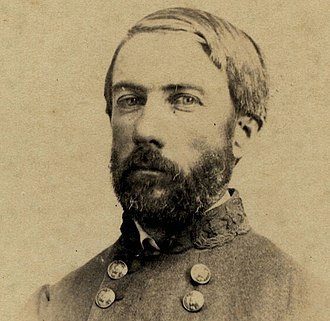
Figure 3. Portrait of Gen. D. H. Hill, 1861–1865, University of South Carolina Libraries. Public Domain.
I would make brief reference to Hill’s book in my dissertation of 1998, not with regard to slavery but as an example of how algebra textbooks of that era made no appeal to the geometric representation of numbers on a “number line.” But the existence of Hill’s slavery problems stayed with me, partly, I’m sure, because Hill had already been known to me for over thirty years. I had been a Civil War buff when I was a kid in the early 1960s, when there had been considerable publicity about centennial anniversaries of events related to that war—for instance, I recall in 1961 standing with my parents in a crowd on the east side of the Capitol to see a re-enactment of Lincoln’s inaugural of 1861. I had eagerly lapped up all sorts of information about the war. Thus I had been well aware since then that D. H. Hill had been a general in the Confederate army. Nor did I confuse him with another Confederate general, the more famous A. P. Hill (1825–1865).
And so, Hill and his textbook immediately came to mind in 2014 as a way to connect mathematics with American history. I came up with nineteen other candidate mathematical “events” to cover 200 years of American history and wrote up an outline. Vince Burke tentatively approved this scheme, and when he asked for a sample chapter, in the summer of 2015, I chose the chapter on Hill. But 20 years after that visit to the American University Library, I no longer needed to leave my house to look at his 1857 textbook. It was readily available online, for free. For example, one source was the HathiTrust Digital Library. In fact, HathiTrust had two distinct copies, one from Harvard and one from the University of California at Berkeley. Diligent souls at these two institutions had carefully scanned every page of the physical texts in their libraries and made these scans available, so that researchers such as myself could pore over these volumes without actually touching them. And such is now the case for vast collections of out-of-copyright material from the nation’s research libraries. (Every so often one glimpses a part of someone’s finger on these pages, a reminder of the physical labor involved.) Moreover, not only can these books be read remotely, they are in many cases fully searchable, a magically delightful feature for researchers brought up in earlier eras. In the case of Hill’s Elements of Algebra, I no longer had to hunt through the book page by page to find those disturbing problems. I could merely type “slave” or “negro” into the search feature of HathiTrust.
The sample chapter I wrote on Hill was focused on his textbook. But Vince found the chapter “too stiff and formal.” He urged me to find a better way to draw the reader in. I combed through additional sources on Hill. For example, I found that HathiTrust had not only Elements of Algebra but also Hill’s 1858 book, A Consideration of the Sermon on the Mount [Hill 1858]. This had some fascinating revelations of Hill’s personality: the anguish he felt at the death of his six-year-old son; the contortions he exhibited in using his Christian faith to defend slavery against abolitionists. Would I, in pre-internet days, have taken the trouble to find a physical copy of this book in a library? Very doubtful. In the end, I did not cite this book in my chapter on Hill, but I think it subtly influenced my portrait of him.
The source that ultimately gave me the opening scene of the chapter turned out to be physical after all: the celebrated Battles and Leaders of the Civil War, published in its entirety in 1887, in four massive volumes totaling over 3,000 pages. True, by 2015 I could have found Battles and Leaders online, but I just happened to have a physical copy. These volumes, passed down to me, had been a treasured possession of my paternal grandfather, a high school history teacher, one of whose own grandfathers had been a veteran of the Union army. Of course, this Battles and Leaders was not digitally searchable, but the excellent index proved adequate for my purposes.
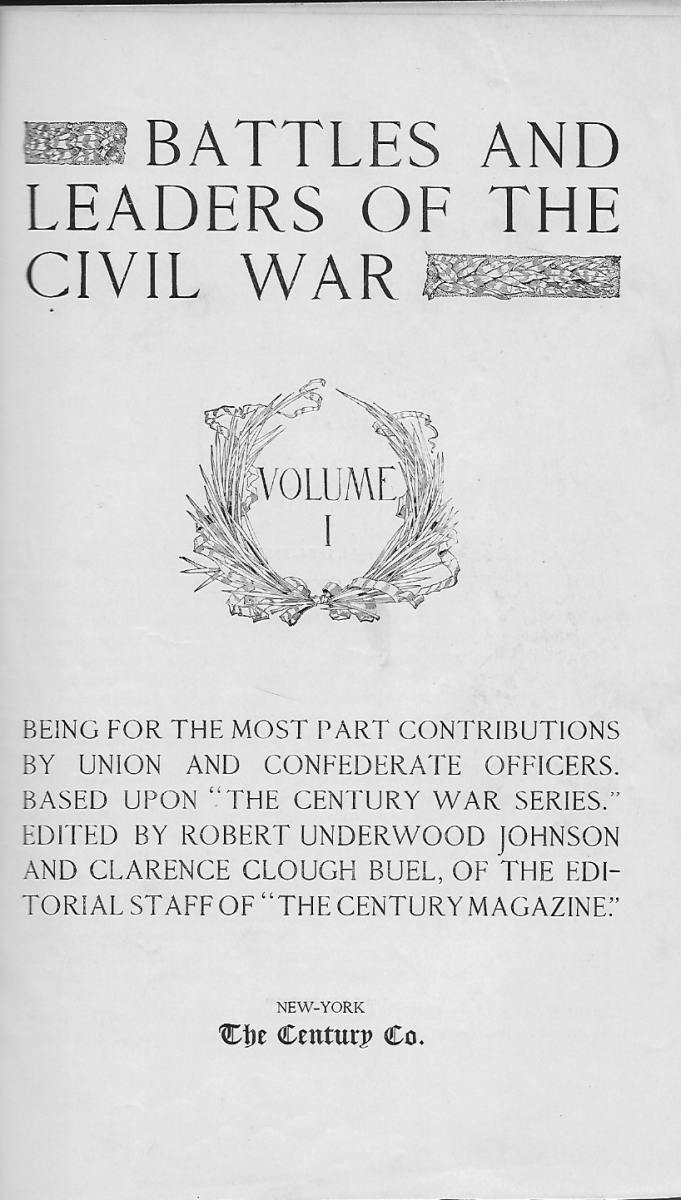
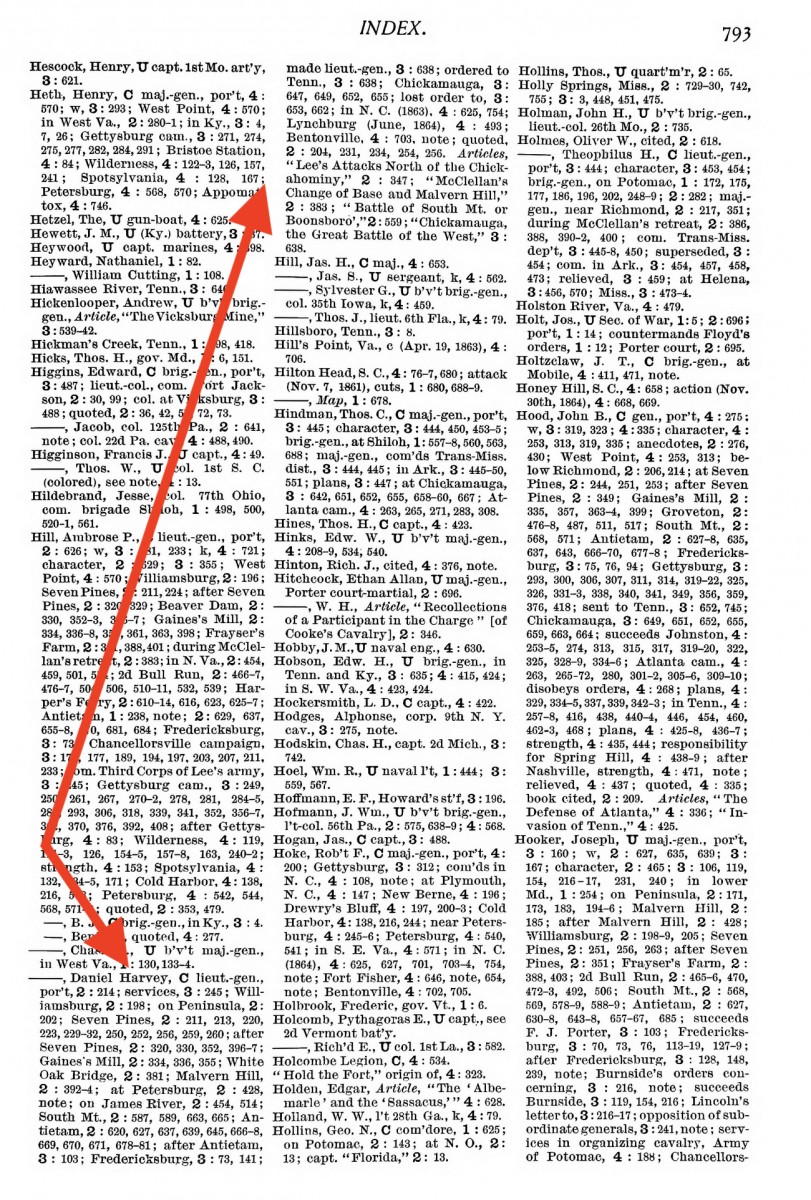
Figure 4. Pages from Battles and Leaders of the Civil War, owned by David Lindsay Roberts.
The page on the bottom, from the index, shows entries on D. H. Hill at the bottom of the left column
and the top of the middle column. Photos by David Lindsay Roberts.
Hill was among the military officers, from North and South, who had been solicited by The Century Magazine to contribute to this work. I used his account of his experiences at the Battle of South Mountain, just prior to the blood bath at Antietam, to craft a dramatic opening to the chapter [Johnson and Buel 1884, 2: 562]. This incident had nothing specifically to do with mathematics, but Vince loved it as a chapter opening, and approved my subsequent decision to tell Hill’s entire life story, rather than confining myself to a single decade. The algebra book was still discussed but was less central.
At that point, I found myself revising my idea for the structure of the “vignettes.” Rather than narrowly focusing on a decade, I started conceiving of them as short biographies, ranging backwards and forwards in time to cover the entire life of the person involved with the initial “incident.”
Building a Book: HathiTrust, Ancestry.com, Serendipity, and Lifetime Interests – E. T. Bell (1883–1960)
Finding myself writing a book consisting of a collection of short biographies related to mathematics, I felt compelled to come to terms with the champion text of this type: Men of Mathematics, published by Eric Temple Bell (1883–1960) in 1937 [Bell 1937]. My connection with Bell went way back, into my teenage years in the 1960s. A copy of Men of Mathematics had been on the bookshelf of my childhood home for as long as I could remember. My mathematician father, now deceased, may have purchased it before I was born. Browsing through the book as a young teenager, I was mesmerized. Bell’s book made me want to be a mathematician. I later learned that the book had the same effect on many others.
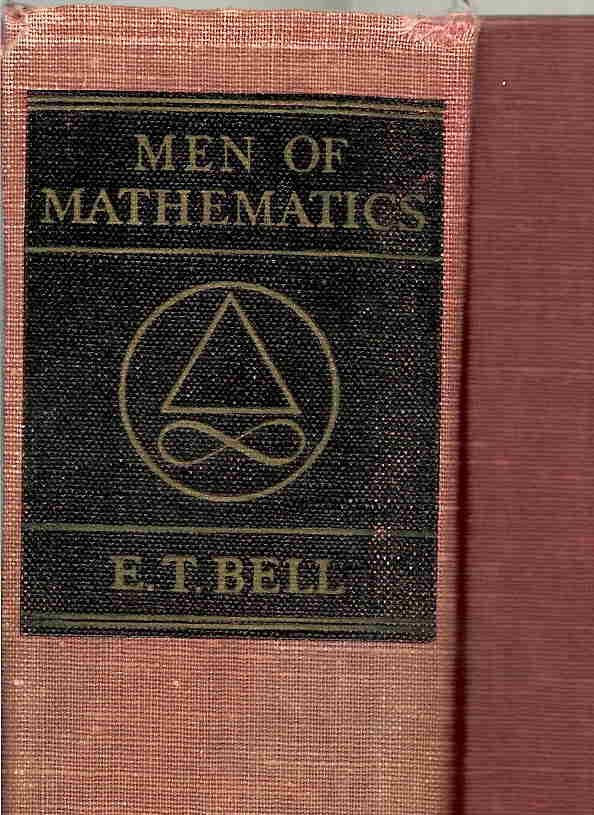
Figure 5. Part of the spine of Men of Mathematics, owned by David Lindsay Roberts.
Photo by David Lindsay Roberts.
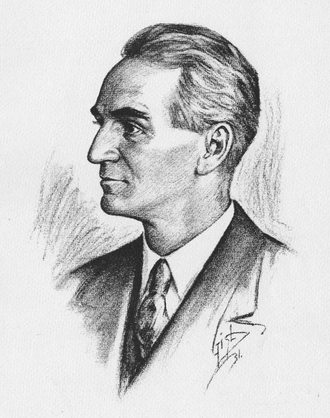
Figure 6. 1931 sketch of California Institute of Technology Professor Eric Temple Bell. Public domain.
In the summer of 1966, visiting the house of my great grandmother in New Bedford, Massachusetts, I came across another book by Bell, his The Queen of the Sciences [Bell 1931]. My great-grandfather (who had died in 1965), had purchased this book during a visit to the Chicago World’s Fair of 1933. Bell’s book had been published in conjunction with that fair, whose slogan was “A Century of Progress.” I gobbled up this slim volume with great pleasure.
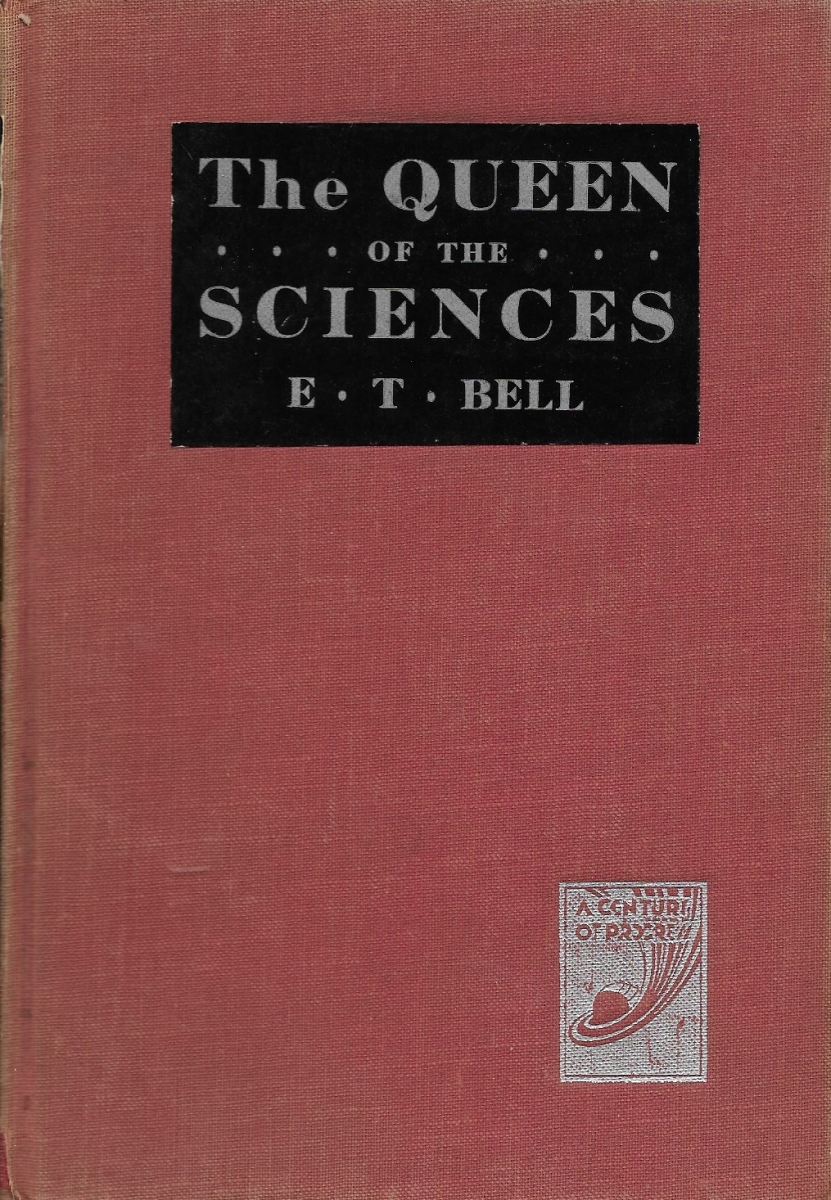
Figure 7. Copy of The Queen of the Sciences,
owned by David Lindsay Roberts. Photo by David Lindsay Roberts.
Another book I found in my great grandmother’s house was Einstein’s Theories of Relativity and Gravitation [Bird 1921]. After the 1919 solar eclipse observations had verified Einstein’s general theory of relativity, Scientific American magazine sponsored a contest in which competitors were asked to explain this theory to the general public in 3,000 words or less. Three hundred submissions were received, including one from Bell, then a professor of mathematics at the University of Washington. He did not win the $5,000 prize, but his essay was among thirteen printed in their entirety in the resulting book.
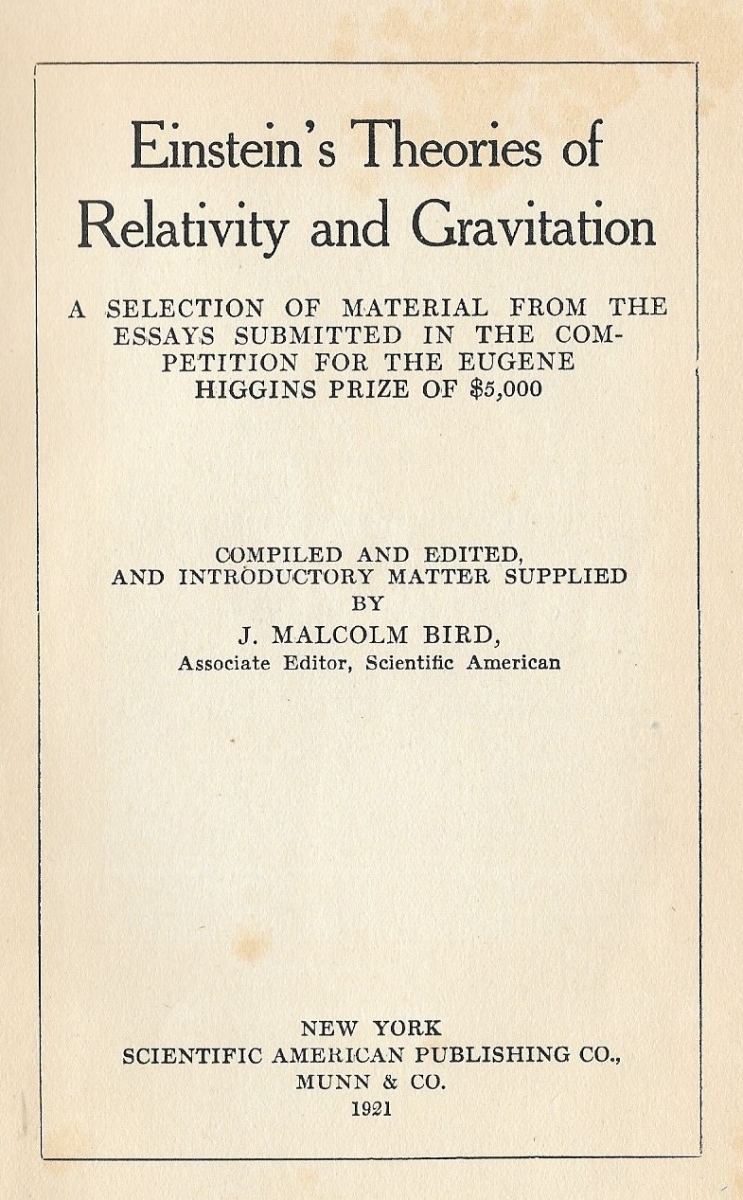
Figure 8. Title page of Einstein’s Theories of Relativity and Gravitation,
owned by David Lindsay Roberts. Photo by David Lindsay Roberts.
I note, with some familial pride, that the reason this book was in my great-grandfather’s collection was that his son, my maternal grandfather, R. Bruce Lindsay, was another of the 300 competitors. My grandfather’s essay was not published in full, but several of his paragraphs were excerpted. At the time, he was only 20 years old, in his first year as a graduate student in physics at MIT.
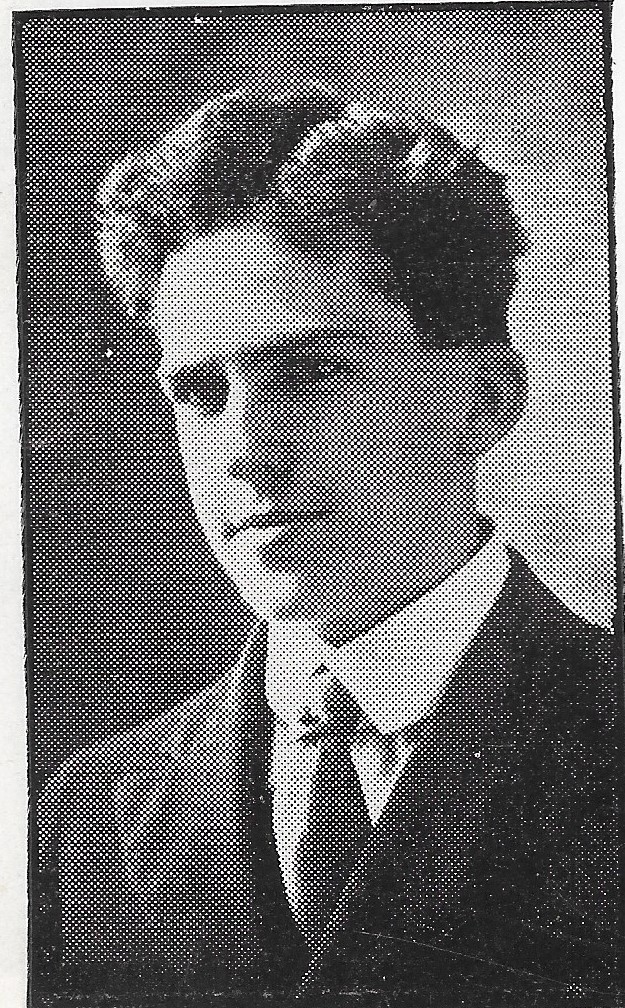
Figure 9. Photo of R. Bruce Lindsay, 1916. In possession of David Lindsay Roberts.
When I became a historian, I learned about Bell’s deficiencies, his myth-making, his outright falsehoods. But I still found him fascinating, and I continued to derive pleasure from his vigorous prose. Moreover, my fascination with Bell contributed to a more general interest in the popularization of mathematics in the 20th century. I had begun giving talks on this subject as early as 2012, with Bell always mentioned. At the Joint AMS-MAA Meeting in Baltimore in January 2014 (the same meeting during which Vince Burke pitched his book idea), I gave another such talk. I was flattered to see Steve Strogatz, a distinguished mathematician and popularizer of our own era, sitting in the front row. After the talk he came up to mention a fact about Bell that I had managed not to notice: his anti-Semitism. Steve subsequently showed me one of the bigoted passages from Men of Mathematics and furthermore showed how the passage had eventually been cleaned up in a later edition of the book (see Figure 10).
Following this lead, I acquired several different editions of Men of Mathematics, providing convincing evidence that the offensive passages had not been expunged until after Bell’s death in 1960. A few decades ago, such an assemblage of books might have taken months of intensive browsing in used bookstores, or the hiring of costly book searching professionals. But with the World Wide Web it was easy and inexpensive to buy copies of Bell’s book, with varying publication dates, on a site such as AbeBooks.
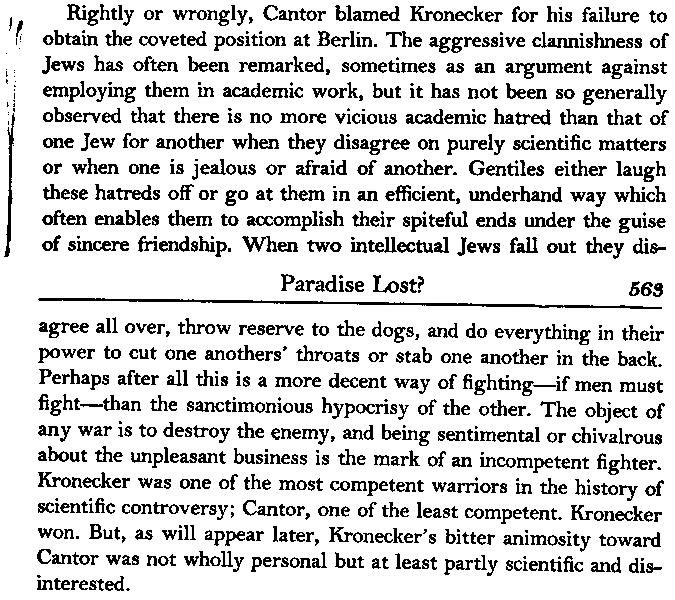
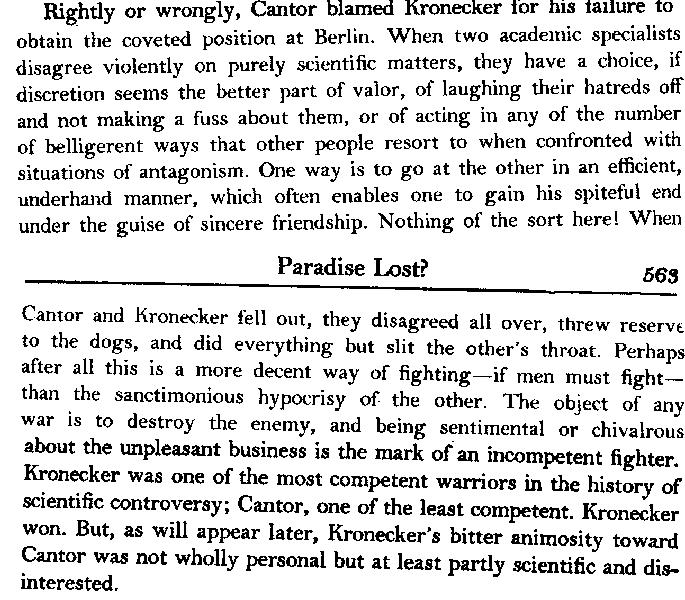
Figure 10. Parallel excerpts from different editions of E. T. Bell’s Men of Mathematics. The one on the top is consistent with all editions published from 1937 to 1961. The excerpt on the bottom reflects the changes made after Bell’s death. Images supplied to David Lindsay Roberts by Steven Strogatz.
With such a long and rich acquaintance with Bell, it was clear to me that I must come to terms with him by writing a biographical vignette. And I did, with all of the documents cited above feeding into it. As with the Hill vignette, I again sought to begin the chapter with something more dramatic than a close textual analysis of a book. I vaguely recalled having read something appropriate, something about Bell’s experience living through the San Francisco earthquake of 1906. But where had I read this? Thanks to the internet, a search on “Bell, San Francisco earthquake” led me quickly to rediscover the article in question, from the Notices of the American Mathematical Society [Goodstein and Babbett, 2013]. In the old days, pre-internet, the effort to find this would have been considerably more strenuous.
Building a Book: HathiTrust, Ancestry.com, Serendipity, and Lifetime Interests – Lillian Rosanoff Lieber (1886–1986)
My scholarly interest in math popularization suggested another candidate for a biographical vignette: Lillian Lieber (1886–1986). In this case, my acquaintance was relatively recent. I had long vaguely known that she had written a book featuring T. C. MITS (The Celebrated Man In The Street) [Lieber and Lieber 1942], but this book had not been in my father’s collection. (I suspect that my father was not charmed by Lieber’s whimsical humor.) It was not until 2013 that I bought a used copy of The Education of T. C. MITS: What Modern Mathematics Means to You (originally published in 1942) and read it. I also had a copy of a considerably more technical Lieber book, inherited from my physicist grandfather: The Einstein Theory of Relativity [Lieber and Lieber 1932].

Figure 11. Portrait of Lillian R. Lieber, date unknown. Public domain.
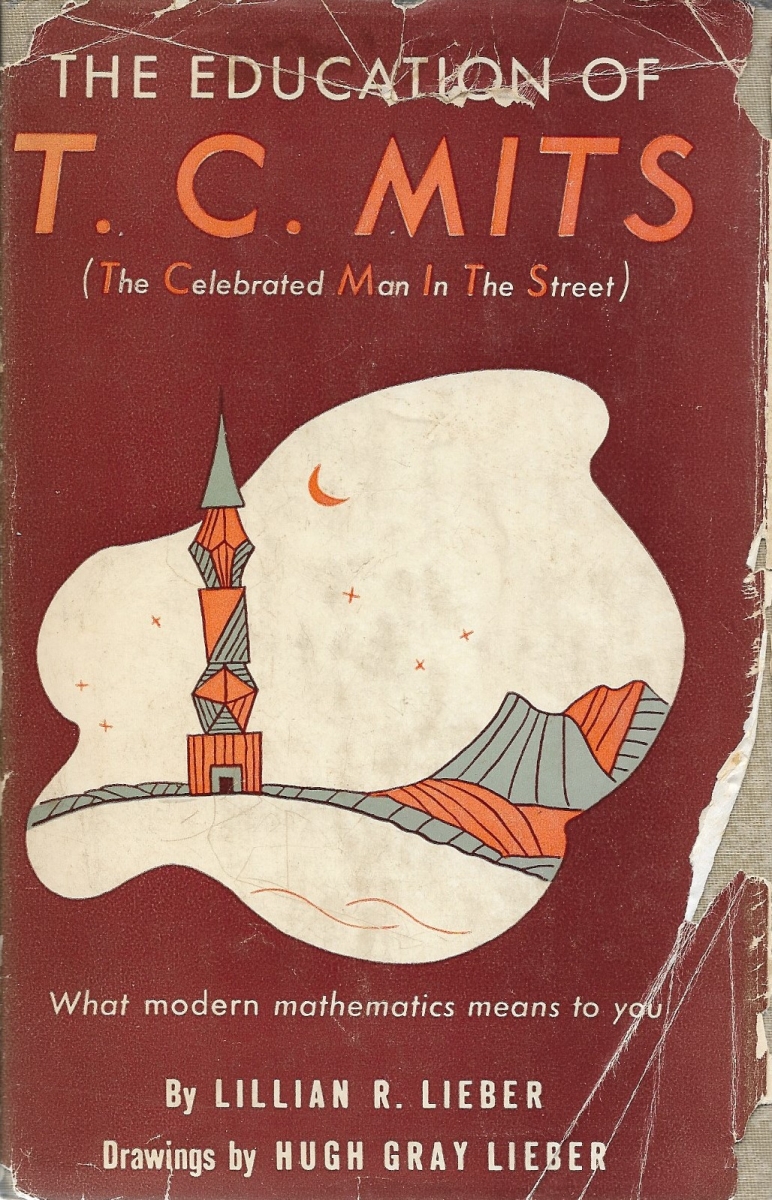
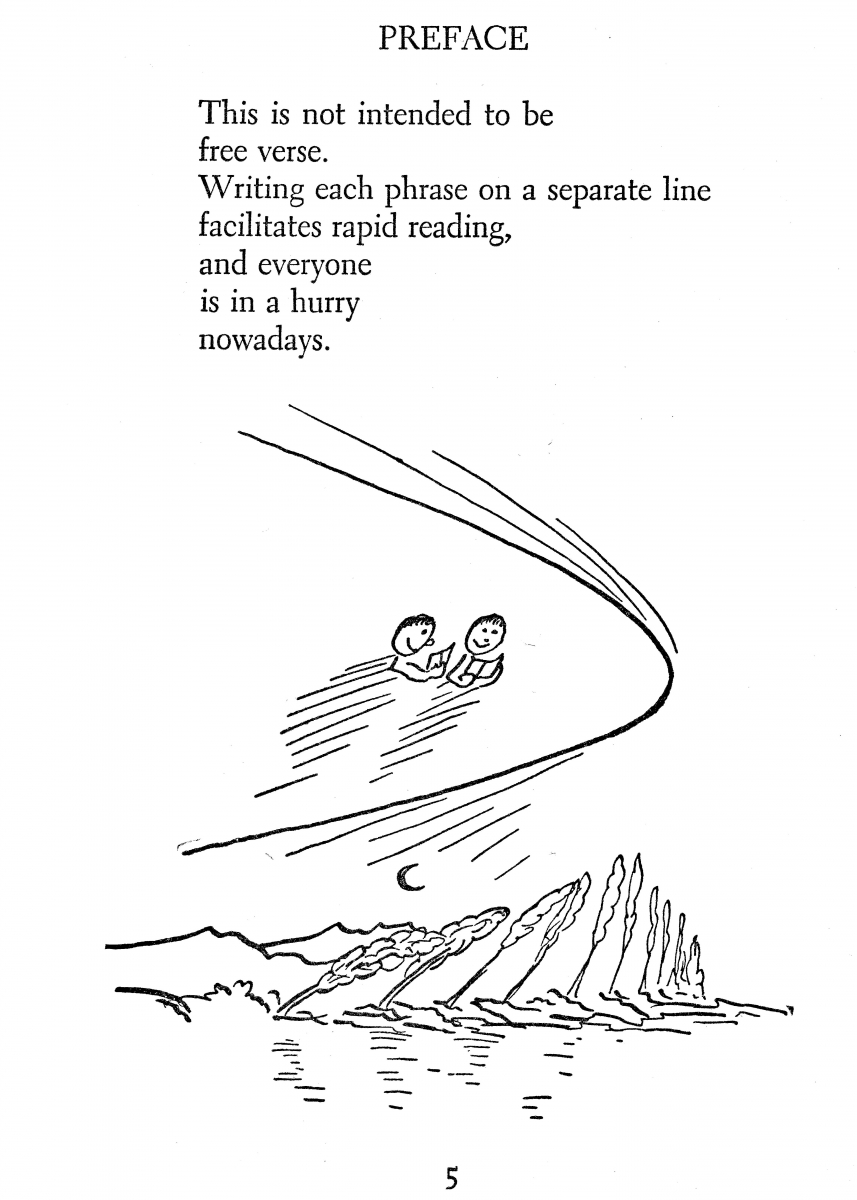
Figure 12. Far above, cover of copy of The Education of T.C. MITS owned by David Lindsay Roberts.
Near above, page 5 of this volume. Photos by David Lindsay Roberts.
Page 5 reproduced with permission of W. W. Norton.
MITS and Relativity were part of a whole series of books written by Lieber, with her husband, Hugh Lieber, as the illustrator. The format of all these volumes is distinctive. The text is broken into short lines, left justified, although Lillian denied any intention to write verse. She asserted that the abundant white space was to improve readability. Periodically, quirky drawings by Hugh were inserted into the text.
Just as I was becoming interested in the Liebers in 2013, I came across a reference to them from a quite unexpected source. My wife and I in recent years have been attempting to reduce our vast collection of books. According to our rules, if both of us sign off, by either reading the book or declaring it of no further interest, it can be disposed of. A book that my wife had read before we had first met in 1973, and which she had brought to our collection, was John Gunther’s Death Be Not Proud [Gunther 1949]. In 2013, this 160-page volume somehow came under my gaze, and I figured that I could quickly zip through it and put it in the give-away pile.
The absurdity of claiming to make a dent in our oversupply of books by removing one quarter-inch thick paperback must be acknowledged. The absurdity is especially glaring in comparison to the other John Gunther book on our shelves: Inside U.S.A. [Gunther 1947]; 900 pages and two and a half inches thick. I had purchased it in the 1990s to supplement my training as an American historian. My wife had never expressed any interest in it, but I still felt an obligation to read it sometime, although that time had not yet arrived in 2013, nor has it arrived since. Maybe next year.
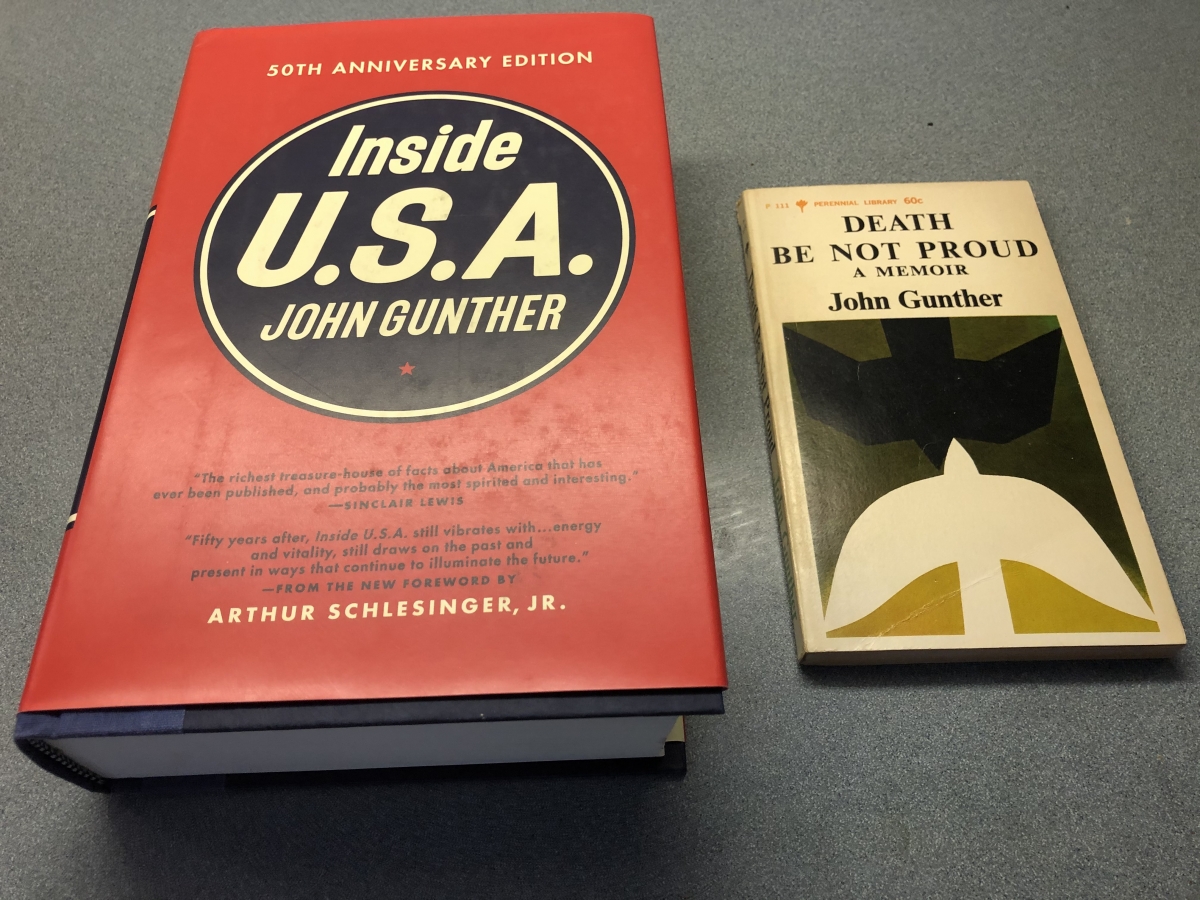
Figure 13. Copies of books by John Gunther owned by David Lindsay Roberts. Photo by David Lindsay Roberts.
Death Be Not Proud did indeed prove to be a fast read, but by the time I had finished it I knew I could not give the book away; it had become a source. I take the liberty of quoting from Republic of Numbers:
The Liebers were at the height of their fame in the late 1940s. In their unconventional way, Lillian and Hugh had made themselves, through the vehicle of mathematics, into an intellectual power couple in New York City. As recounted in the bestselling memoir of 1949, Death Be Not Proud, when journalist John Gunther sought to support the will to live of his gravely ill teenage son by nourishing the boy’s curiosity about science and mathematics, the Liebers were called in. Young Johnny, battling a brain tumor, reported in a letter to a friend: “You may be interested to know that I was very lucky to meet Mr. and Mrs. Lieber who have written the books on higher Math in verse all full of wonderful illustrations. Mrs. L. is head Math Dept. and Mr. L. of Art at Long Island University.” One day before he died, Johnny Gunther, expecting shortly to travel from New York City to spend the summer in rural Connecticut, packed a small collection of books. Among them were the Liebers’ Einstein Theory of Relativity and Galois and the Theory of Groups [Roberts 2019, 151].
To gather more information about the Liebers, I began with Wikipedia. By no means do I disparage the use of this site, as long as one is appropriately cautious with checking what one finds there (an instructive case is cited below). I have found Wikipedia to be an excellent way to quickly get my bearings at the beginning of a research project, especially as a means of learning about available reference sources.
In the case of Lillian Lieber, Wikipedia led me to the website of the “Jewish Women’s Archive.” Here I learned that Lillian Rosanoff Lieber had been born in Nicolaiev, Russia, and that she had three older brothers: Joseph Rosenberg, Aaron Rosanoff, and Martin André Rosanoff. Putting aside the puzzle of the disparate last names for the moment, I noted that this website referenced a book: Yesterday: A Memoir of a Russian Jewish Family by Miriam Shomer Zunser, published in 1978. The librarians at my institution, Prince George’s Community College, expeditiously located a copy of this book through interlibrary loan. I browsed it quickly, looking for “Lillian” or “Rosanoff” or “Lieber.” Puzzled to find none of these words, I started over at the beginning and read more carefully. I still failed to find any of those words, but I did notice a chapter about Avrom and Haiye “Rosenberg,” living in “Nikolayiev,” in the Pale of Settlement of the Russian Empire, who had four children, “all of whom bore biblical names.” This family immigrated to the US. And then: “Their four children grew up. Then three of them cast off the Rosenberg name. . . . They found it too Jewish and a hindrance to their advancement. They adopted a Russian name and married Gentiles” [Zunser 1978, 143].
Things were coming into better focus, though “Martin” did not strike me as very Biblical, and I was curious to know more. I no longer recall how I got the inspiration to search Ancestry.com. Somewhere I had learned that I could access this site for free at my local public library in Laurel, Maryland. Knowing from Yesterday the place and approximate year of Avrom Rosenberg’s birth, and the year of his emigration, I managed to navigate through the considerable population of Rosenbergs to what I considered a remarkable find: the passenger list for the ship carrying my Rosenberg family from Europe to New York in 1891.

Figure 14. From the passenger list of the Fürst Bismarck, from Hamburg, Germany,
arriving in New York, New York, July 11, 1891.
In Figure 14 we can see Abram Rosenberg with his wife, Chaie, and children Moses, Aron, Josef, and Helene. Helene’s age of 3 does not quite match with the birthdate of 1886 attributed to her elsewhere, but I was convinced that this was the future Lillian Lieber. Further exploration of Ancestry.com unearthed the record of the Census of 1900, with Moses now become Martin, a “chemist,” and Helene, now Lillie, age 14, “at school.” (See Figure 15.) Martin, I would learn elsewhere, would become a professor of chemistry, and Lillian would herself obtain a PhD in chemistry under his direction. It all fit.
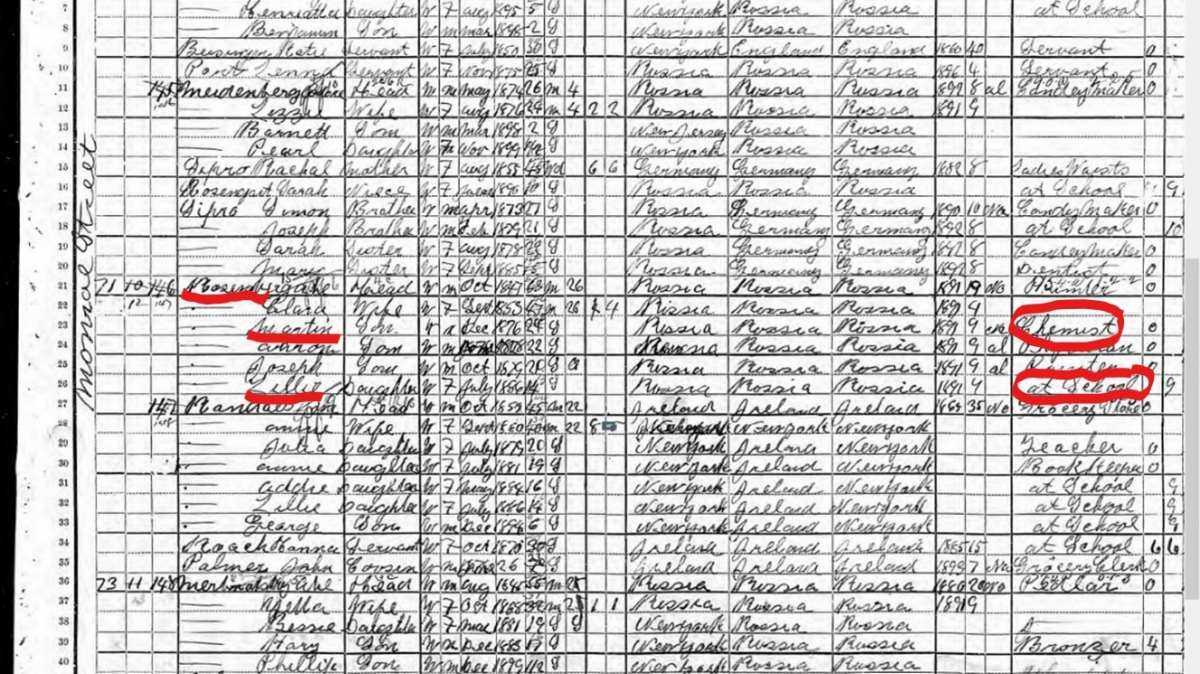
Figure 15. From the United States Census of 1900, Monroe Street, Borough of Manhattan, New York, New York.
I made one additional online discovery regarding Lillian Lieber. I was curious to see if I could determine approximately when she had changed her name from Rosenberg to Rosanoff. Having learned that she had gotten a bachelor’s degree at Barnard College, I wondered under which name she had attended. Browsing around HathiTrust, I found a 1906–07 directory for all students attending any division of Columbia University (the parent institution for Barnard). I found no “Rosenberg” recorded, but I did find “Rosanoff, L.,” listed as a third-year student at Barnard (as designated by “3 b”). And what was the name just above hers? Why it was none other than “Roosevelt, F. D.,” a third-year law student (as designated by “3 l”). Delightful!
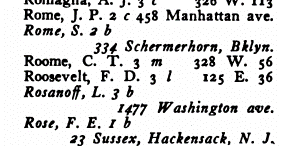
Figure 16. Columbia University Catalogue, 1906/07, from page 40 of the Directory of Students.
(Women are listed in italics.)
How appropriate was this conjunction of names, especially given the dedication that Lillian would give to The Einstein Theory of Relativity in 1945, seen in Figure 17.

Figure 17. [Lieber and Lieber 1945, v].
I am pleased to report that my Republic of Numbers is now listed among the references on the Lillian Lieber page on Wikipedia.
Building a Book: HathiTrust, Ancestry.com, Serendipity, and Lifetime Interests – Christine Ladd-Franklin (1847–1930)
Writing my dissertation in the 1990s, a project largely concerned with American mathematics in the late 19th century, I had soon recognized that my home institution, Johns Hopkins University, had played a leading role. I absorbed many bits of information about the university that did not ultimately find a place in my dissertation. When I began seeking out distinctive mathematical individuals in 2015 for my book, some of this Hopkins knowledge came back into my consciousness. One intriguing instance was the career of Christine Ladd, later known as Christine Ladd-Franklin (1847–1930) after marriage to her classmate, Fabian Franklin. She had been the first female graduate student at Hopkins and had earned a mathematics PhD in 1882, which the university had not seen fit to award her until 1926.
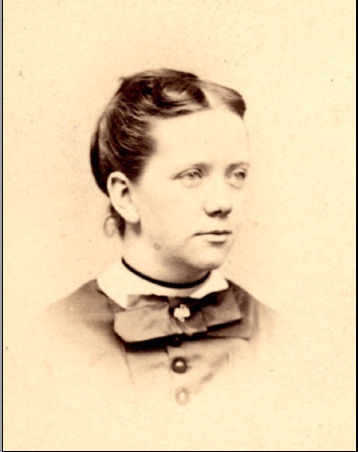
Figure 18. Christine Ladd, ca 1870. Special Collections, Vassar College Libraries. Public domain.
Ladd-Franklin seemed like a nice subject for a vignette. As was now customary, I sought a snappy opening to begin the chapter, and I thought briefly that the Wikipedia entry on Ladd-Franklin had just what I needed in its account of how she had managed to gain entry to Johns Hopkins in the first place. The story told there was that she had sent in her application as “C. Ladd,” thereby fooling the university into accepting her without realizing that she was a woman. Very cute! Except that other accounts said no such thing. They described how Ladd had first written boldly to the chair of the mathematics department, J. J. Sylvester, alerting him to her impressive qualifications, following which he interceded forcefully with the administration; no subterfuge involved. Could these two accounts be reconciled?
I worked through the references provided by Wikipedia to find what appears to be the ultimate source behind the “C. Ladd” story, an article published in the summer of 1976 in the Association for Women in Mathematics Newsletter by Kathryn Jacob, then the archivist at Johns Hopkins [Jacob, 1976]. I then queried a friend of mine, Judy Green, a world expert on women in mathematics. Judy is the co-author of Pioneering Women in American Mathematics: The Pre-1940 PhD’s [Green and LaDuke, 2009], a book which recounts the Sylvester version of the Ladd narrative. I emailed Judy to ask why she had rejected the “C. Ladd” story. She sent me a copy of Ladd’s initial approach to Sylvester, a letter conspicuously signed “Christine Ladd.” And Judy furthermore noted that the “C. Ladd” story simply does not make sense. Jacob had written as follows: “The credentials accompanying the application indicated such outstanding ability that a fellowship in mathematics was awarded to the applicant, sight unseen, and was accepted.” But Ladd’s credentials would surely have prominently included her excellent record at Vassar College, well-known in the 19th century as being for women only.
Someday I must take the initiative to change the Wikipedia entry on Ladd-Franklin, if someone else doesn’t beat me to it.
Browsing online, I found much material by and about Ladd-Franklin, a small portion of which I harvested for use in my vignette. I was especially pleased to find the following lovely example of her biting feminist wit:
But this theory of Mr. Romanes is one which does not need confirmation by facts. It is one of those theories which the strong intuitive powers of his sex can perceive to be true at a glance, and to which the dicta of experience are absolutely immaterial [Ladd-Franklin 1896, 315].
Building a Book: HathiTrust, Ancestry.com, Serendipity, and Lifetime Interests – J. Willard Gibbs (1839–1903) and E. B. Wilson (1879–1964)
From early on in my work on Republic of Numbers, I had planned to devote a chapter to J. Willard Gibbs (1839–1903), the great mathematical physicist. Gibbs had considerable personal resonance for me, because he had had a student at Yale named E. B. Wilson (1879–1964), and Wilson, in turn, at MIT had had a student named R. Bruce Lindsay (1900–1985), my maternal grandfather, mentioned earlier. My grandfather had told me stories about Gibbs and Wilson. I was especially fond of Wilson’s succinct review of Gibbs’s masterpiece, Elementary Principles in Statistical Mechanics [Gibbs 1902]: “a little book, little read, because it is a little hard,” which inevitably found a place in my Gibbs chapter. Wilson and Lindsay always claimed that this quote was a rendering of a witticism by the great mathematician Henri Poincaré, but I knew enough French to doubt the faithfulness of the translation. In writing my chapter on Gibbs, I verified that Poincaré’s original 1905 statement (“un livre trop peu lu parce qu’il est un peu difficile à lire” [Poincaré 1970, 130]) packs less punch than the purported translation. Poincaré made no mention of the book being “little,” which would have required “petit” rather than “peu,” breaking the parallelism. I concluded that the wit was mainly Wilson’s.
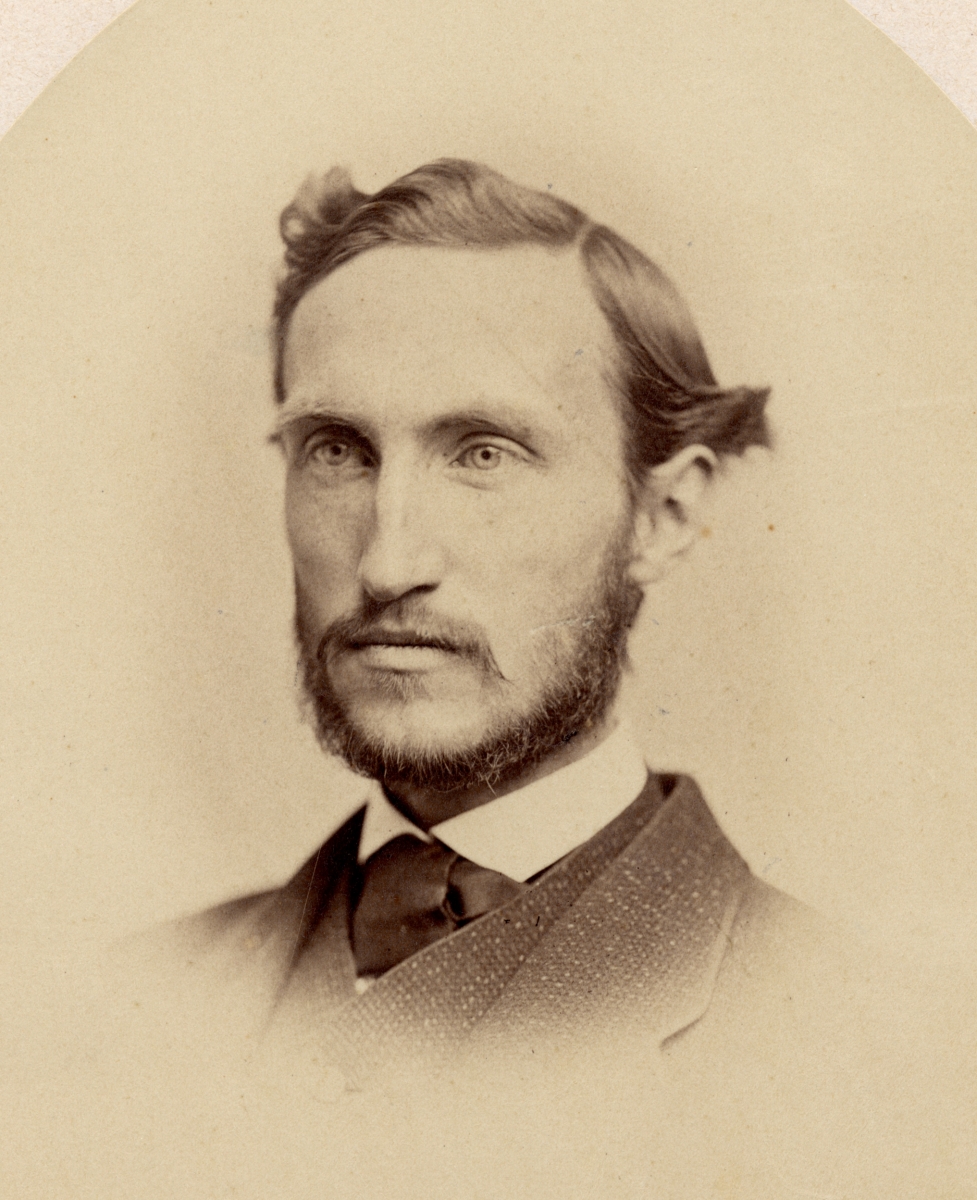
Figure 19. Josiah Willard Gibbs, Yale College, 1858. Images of Yale Individuals,
ca 1759–2001 (inclusive). Manuscripts and Archives, Yale University. Public Domain.
Doing some desultory googling on Gibbs, I discovered a fact that I likely knew before, but had forgotten: Lindsay had conducted an oral history interview with E. B. Wilson in the 1960s. The interview had been conducted under the auspices of the American Institute of Physics (AIP), and the transcript was available online. When I began to read the transcript, I could immediately see that no knowledgeable person had ever proofread it; it was filled with incorrectly-spelled proper names and incoherencies. Moreover, there had actually been two interviewers: Lindsay, and another physicist named James King. The transcriber had been unable to distinguish Lindsay from King. It struck me that I (who well recalled my grandfather’s voice) was the ideal person to review the original tapes and revise the transcript.
I contacted the AIP, now in nearby College Park, Maryland, and offered my services. I was rather expecting that I would be required to review the tapes at their facility. That might have been the case decades ago, but it was now 2016, and the tapes had been digitized. The AIP simply emailed me a set of mp3 files of the interview, which I could listen to at my leisure in front of my own computer. Having had experience with transcribing cassette tape recordings in the early 2000s, I appreciated the advantages of mp3 files. It was now no problem to listen repeatedly to a section of the interview by “rewinding,” with no fear of damaging the recording media. Figure 20 shows that the interview was conducted using reel-to-reel tape-recording technology, a predecessor to the cassette tape.
Right at the beginning, I discovered that the AIP had mislabeled the date of the interview. It was not June 1963 but June 1964. I could confirm this because I was in possession of Lindsay’s diaries, kept religiously every day from 1937 to 1985. The new date meant that Wilson had died only about six months after the interview.
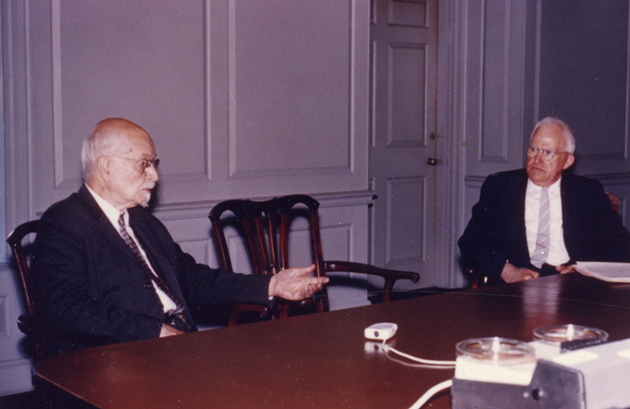
Figure 20: E. B. Wilson (left), being interviewed by R. Bruce Lindsay,
Brown University, Providence, Rhode Island, June 3, 1964.
Emilio Segrè Visual Archives, American Institute of Physics.
Listening to the interview was an extraordinary experience. It was like entering a time machine to hear again the voice of my grandfather, then 64, talking to a vigorously alert 85-year-old Wilson, whose memories stretched all the way back to the 1880s. Wilson, one of the most intellectually versatile scientists of his time, was also a masterly academic politician, and he knew everybody who was anybody in physics and mathematics of the early 20th century, both here and abroad. The interview was a gold mine of information, both about Gibbs and about Wilson himself. And so it came to pass that Republic of Numbers contains chapters on both of them.
One fact about Wilson that he explicitly stated in the interview, and that I made a point of clearly expressing in my book’s chapter on him, is that although he indubitably established a close intellectual connection with Gibbs at Yale, and took courses with him, Wilson’s doctoral advisor was geometer Percey Smith. It was not Gibbs, as incorrectly reported in Wikipedia and the Mathematics Genealogy Project. Here is another case where someday I really must take action to correct those sites.
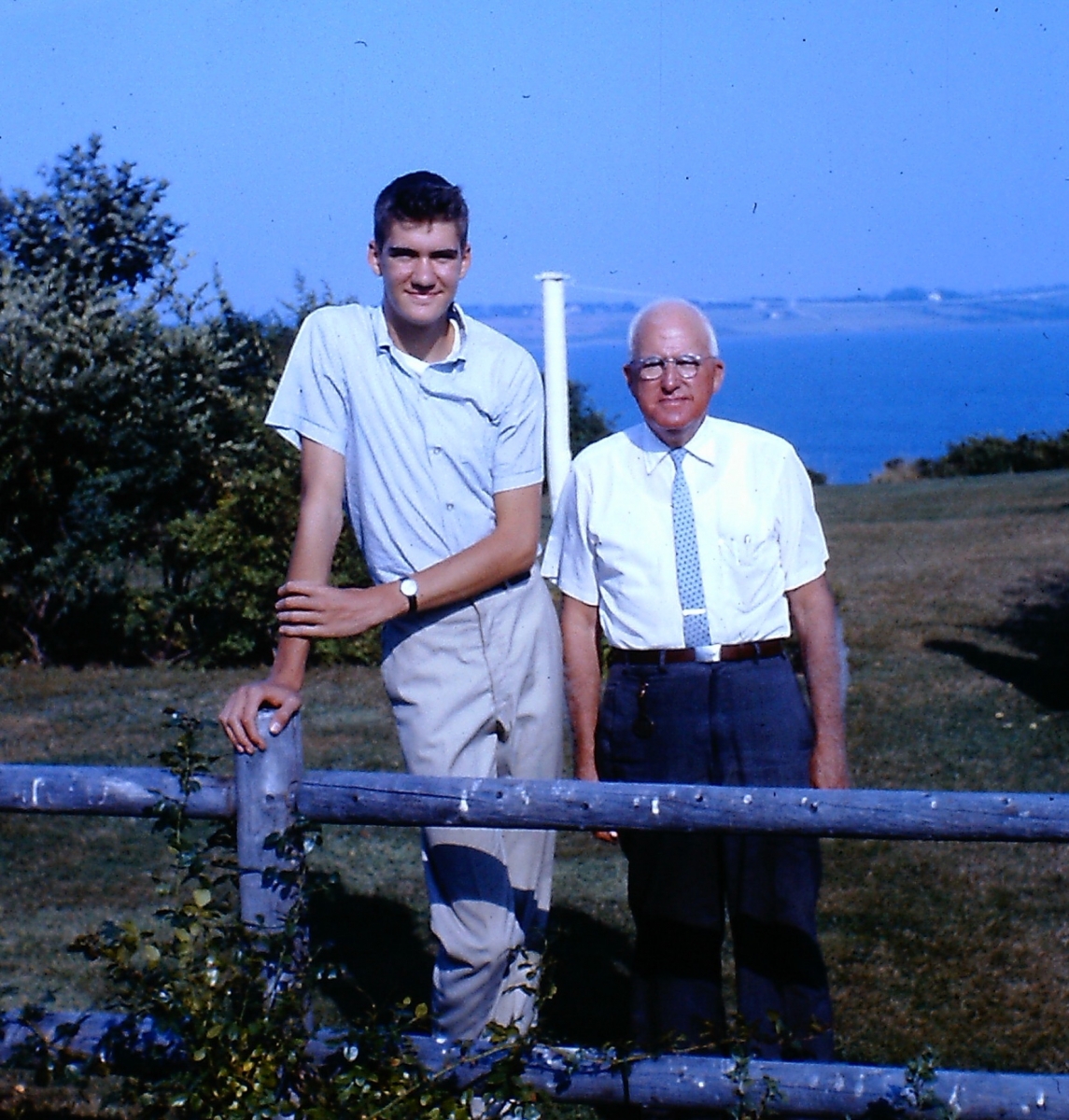
Figure 21. David Lindsay Roberts (left), with R. Bruce Lindsay,
Portsmouth, Rhode Island, August 1966. Photo in possession of David Lindsay Roberts.
Both Gibbs and Wilson have entries in the great monument of 1970s history of science scholarship: the Dictionary of Scientific Biography (DSB) [Gillispie 1970]. It was easy for me to consult these entries in the old-school manner, because I own the original sixteen hardback volumes. They are stored on a shelf of our linen closet, underneath a spare pillow, as the reader will see in Figure 22. How did I come to own the DSB? Because I had inherited it from my grandfather Lindsay, who had authored several entries. Whether he got the set for free or merely at a cut rate I do not know. Perhaps the facts are buried somewhere in his diary.
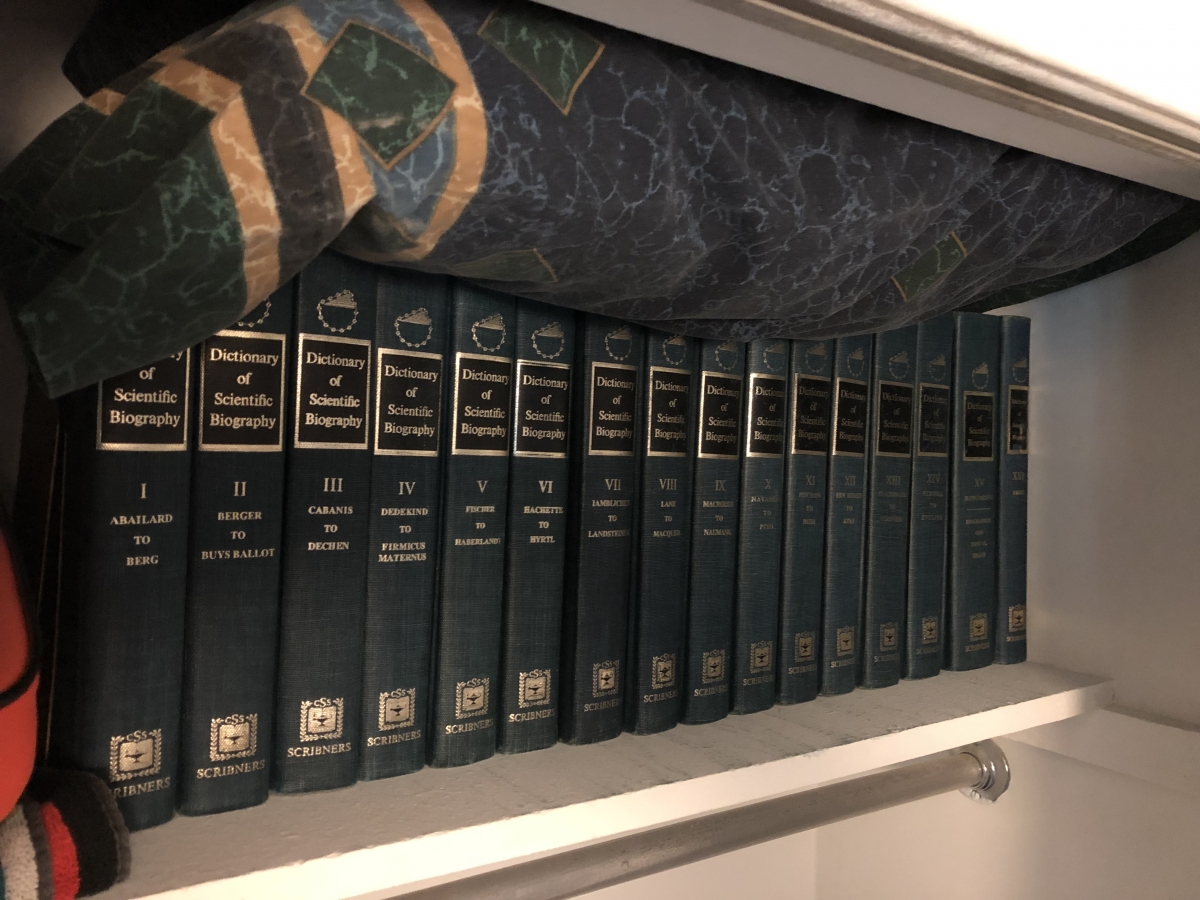
Figure 22. Dictionary of Scientific Biography, owned by David Lindsay Roberts. Photo by David Lindsay Roberts.
The Wilson entry in the DSB, written by Norman Gridgeman and Saunders Mac Lane, alerted me to a fuller account, by Jerome Hunsaker and Mac Lane, in the Biographical Memoirs of the National Academy of Sciences. These rich sources of information are now conveniently available online. Reading the Hunsaker and Mac Lane biography of Wilson carefully from beginning to end, I discovered a passing reference to Wilson’s late-life connection with the Tobacco Industry Research Committee, unmentioned in the Lindsay interview. Plugging this into my search engine led me to Tobacco Industry Research Committee - SourceWatch, set up by a watchdog group, the Center for Media and Democracy. Persistent exploration of this site, created with no special thought for the history of mathematics, yielded revealing correspondence from Wilson regarding his defense of the tobacco industry. It could not be ignored in my Wilson vignette.
Building a Book: HathiTrust, Ancestry.com, Serendipity, and Lifetime Interests – Some Experience, and Some Thoughts, on Utilizing this Material in Teaching
In the summer of 2019, shortly before Republic of Numbers was published, I taught a course on the history of mathematics at Hood College, in Frederick, Maryland. The small class consisted of in-service teachers, ranging from preschool to community college. This was an intensive course, with eleven class meetings over three weeks and each class lasting 3.5 hours. This format seemed to beg for variety, for ensuring that in each class period I could announce, “And now for something completely different!” As one aspect of this, I supplemented my coverage of standard topics in the history of Western mathematics from antiquity to the 18th century with an overview of mathematics in the United States, relying on the biographical material from my forthcoming book, which was fresh in my mind. I briefly describe some of what I did below.
D. H. Hill’s algebra book proved provocative and was an excellent way to introduce students to HathiTrust and the rich supply of old textbooks now readily accessible. Students enjoyed browsing these books for familiar and unfamiliar material. (Only briefly alluded to above, Hill’s book offers numerous opportunities to compare the 19th-century algebra curriculum with today’s.) I asked students to pick a book and then to inquire whether the author was known to the internet. This led into discussion and exploration of online biographical sources, especially Wikipedia and MacTutor.
This line of inquiry was further developed in connection with Christine Ladd-Franklin, whose story I introduced much as explained above. Students were asked to perform a similar analysis on the biographical details associated with a selection of mathematicians. I emphasized the importance of tracking sources to their origin and the necessity of subjecting them to scrutiny.
Given more time, I might have chosen to continue the theme of biographical source analysis with E. T. Bell and Lillian Lieber, both of whose lives feature periods of intriguing obscurity. The feasibility of assigning students to perform the kind of research I was able to accomplish with Ancestry.com is unclear to me. In my Hood class I treated Bell and Lieber very briefly during an overview of 20th-century popularization of mathematics.
Gibbs is another figure I treated only briefly at Hood, mainly in connection with quaternions and vectors, and Wilson I mentioned not at all. But there certainly is a wealth of material on both, in print and online, technical and non-technical, making them attractive as subjects for biographical research by students.
I introduced several other mathematical Americans in my Hood class whose appearance in my book I have not expounded upon here. The life of Abraham Lincoln offered an opening to discuss the importance of “cyphering books” in the early United States, to examine the 19th-century approach to proportional reasoning via the “rule of three,” and to consider the place of Euclid’s Elements in American education. I used Joseph Ray and Catharine Beecher for further exploration of textbook writing, both in regard to content and as commercial endeavors. And I employed the careers of Herman Hollerith and Grace Hopper to inform my students of key developments in the history of computers, in particular astonishing them with the revelation of the long reign of the punched card.
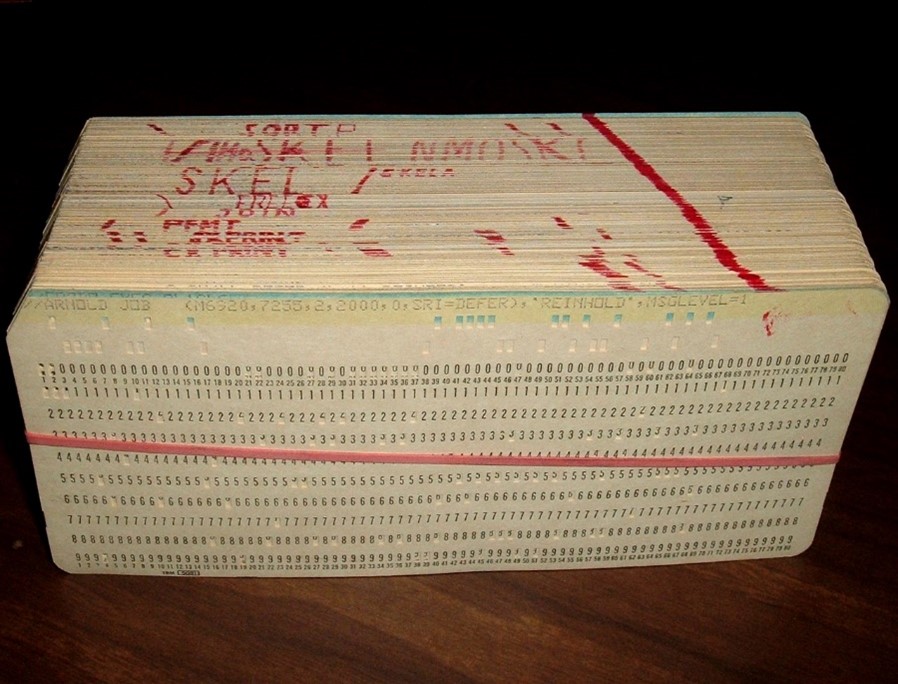
Figure 23. A deck of punched cards comprising a computer program, created by Arnold Reinhold, ca 1969.
Photo by Arnold Reinhold. Shared in accordance with CC BY-SA 3.0.
Building a Book: HathiTrust, Ancestry.com, Serendipity, and Lifetime Interests – Conclusion
As I plumbed my memory and family history, delved into online resources such as HathiTrust and Ancestry.com, and incorporated serendipitous discoveries, I gradually constructed my idiosyncratic portrait of American mathematics in the twenty chapters of Republic of Numbers. Despite the surmise of one reviewer, these chapters were not written with the aim of championing “social justice.” But as I have suggested throughout this article, I did endeavor, within the limits of my chosen literary form, to portray my protagonists in the full context of their times, mathematical and otherwise.
The preceding pages thus illustrate several practices in historical research and writing that have classroom applications. In the course I taught, the biographies served as sources of historical information, and giving my students a glimpse into the process of assembling this information provided inspiration for their own explorations. Students had opportunities for hands-on experiences both with fact-checking and correcting secondary sources and with comparing primary sources (primarily textbooks, in this case) against each other to observe changes in knowledge and values across time and space.
The storytelling structure utilized in each Republic of Numbers vignette may provide instructors with a framework for designing multi-week student research projects. This article itself can be used to help students understand that, just as mathematics teaching methods and technologies evolve, the methods and technologies available to researchers are also subject to historical change. Digitized libraries and tools for genealogy have especially transformed where and how historians gather information as well as what types of information they are able to unearth. Dear readers, the intriguing humans behind many more unexpected mathematical stories are waiting on the internet and in physical libraries to make your acquaintance.
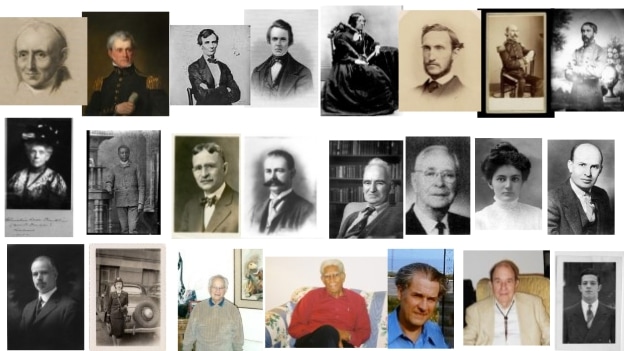
Figure 24. Collage of individuals covered in Republic of Numbers, by David Lindsay Roberts.
Building a Book: HathiTrust, Ancestry.com, Serendipity, and Lifetime Interests – References and About the Author
References
Bell, Eric Temple. 1931. The Queen of the Sciences. Baltimore: Williams & Wilkins Company.
Bell, Eric Temple. 1937. Men of Mathematics. New York: Simon and Schuster.
Bird, J. Malcolm, ed. 1921. Einstein’s Theories of Relativity and Gravitation. New York: Scientific American Publishing.
Gibbs, J. Willard. 1902. Elementary Principles in Statistical Mechanics. New York: Charles Scribner’s Sons.
Gillispie, Charles Coulston, ed. 1970. Dictionary of Scientific Biography. 16 vols. New York: Charles Scribner’s Sons.
Goodstein, Judith R., and Donald Babbitt. 2013. “E. T. Bell and Mathematics at Caltech between the Wars.” Notices of the American Mathematical Society 60(6):686–698.
Green, Judy, and Jeanne LaDuke. 2009. Pioneering Women in American Mathematics: The Pre-1940 PhD’s. History of Mathematics, vol. 34. Providence: American Mathematical Society; London: London Mathematical Society.
Gunther, John. 1947. Inside U.S.A. New York: Harper and Brothers.
Gunther, John. 1949. Death Be Not Proud. New York: Harper & Row.
Hill, Daniel Harvey. 1857. Elements of Algebra. Philadelphia: J. B. Lippincott.
Hill, Daniel Harvey. 1858. A Consideration of the Sermon on the Mount. Philadelphia: William S. & Alfred Martien.
Jacob, Kathryn. 1976. “How Johns Hopkins Protected Women from ‘The Higher Influences’.” Association for Women in Mathematics Newsletter, 6(5):2–4.
Johnson, Robert Underwood, and Clarence Clough Buel, eds. 1884–1887. Battles and Leaders of the Civil War. 4 vol. New York: The Century Co.
Ladd-Franklin, Christine. 1896. “The Higher Education of Women.” The Century 53: 315.
Lieber, Lillian R., and Hugh Gray Lieber. 1932. Galois and the theory of groups: a bright star in mathesis. Lancaster: The Science Press Printing Company. Reprinted in 1945 and 1961, Brooklyn: Galois Institute of Mathematics and Art.
Lieber, Lillian R., and Hugh Gray Lieber. 1942. The Education of T. C. Mits. Brooklyn: The Galois Institute Press, Long island University.
Lieber, Lillian R., and Hugh Gray Lieber. 1945. The Einstein Theory of Relativity. New York: Farrar & Rinehart.
Poincaré, Henri. 1970. La Valeur de la Science. Paris: Flammarion. Originally published in 1905.
Roberts, David Lindsay. 2019. Republic of Numbers: Unexpected Stories of Mathematical Americans Through History. Baltimore: Johns Hopkins University Press.
Zunser, Miriam Shomer. 1978. Yesterday: A Memoir of a Russian Jewish Family. New York: Harper & Row.
About the Author
David Lindsay Roberts is an adjunct professor of mathematics at Prince George’s Community College in Largo, Maryland. His historical research has focused on mathematics education in the United States from independence to the present. He would like to thank Convergence editors Amy Ackerberg-Hastings and Janet Heine Barnett for the initial impetus to write this article. He also wishes to acknowledge the helpful suggestions made by Dennis Huffman, Mary Dutterer, and two anonymous referees on earlier versions. And for his wife, Jenny Scott, this article answers the question, “Why do you need a picture of our linen closet?”